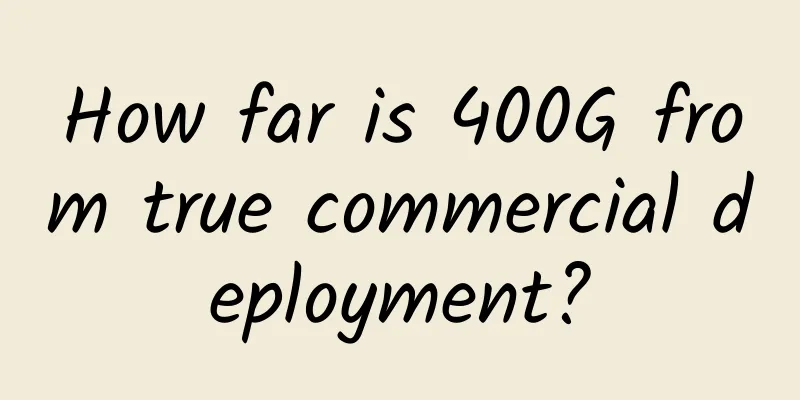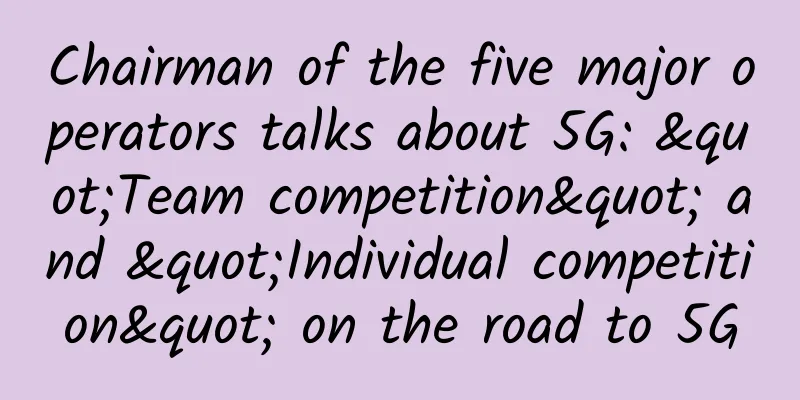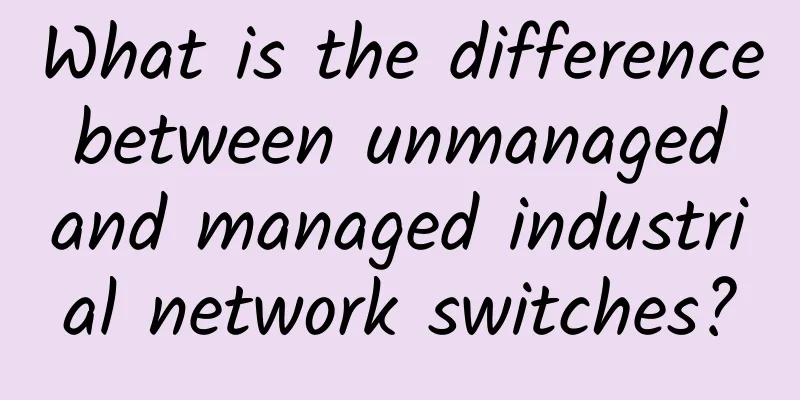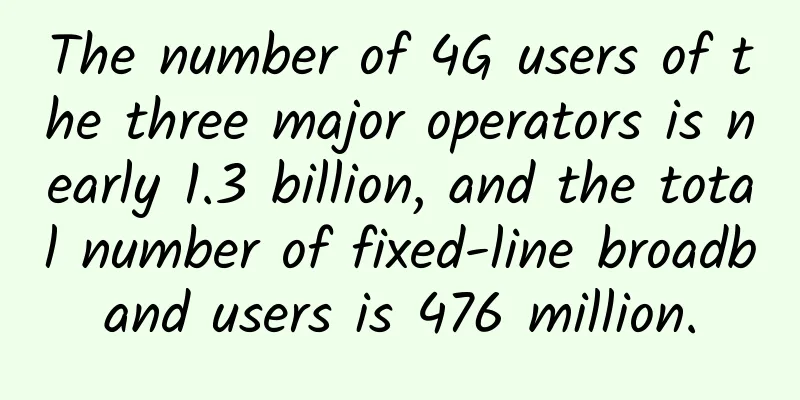Interviewer: Tell me what happens after you enter the URL in the address bar and press Enter?

|
This article is reprinted from the WeChat public account "JS Daily Question", the author is Huihui. Please contact the JS Daily Question public account to reprint this article. 1. Simple analysisA simple analysis shows that the following actions occur from entering the URL to pressing Enter:
2. Detailed AnalysisURL Parsing First, determine whether you entered a valid URL or a keyword to be searched, and perform corresponding operations based on the content you entered The structure of a URL is as follows: DNS LookupI have discussed DNS queries in previous articles, so I will not discuss them here. The entire query process is shown in the following figure: Finally, the target server IP address corresponding to the domain name was obtained TCP ConnectionIn the previous article, we learned that TCP is a connection-oriented transport layer protocol After determining the IP address of the target server, a three-way handshake is performed to establish a TCP connection. The process is as follows: Sending HTTP RequestOnce the TCP connection is established, communication can be carried out on this basis, and the browser sends an HTTP request to the target server. The request includes:
Responding to a requestWhen the server receives the browser's request, it performs logical operations and returns an HTTP response message after processing is complete, including:
After the server responds, since HTTP now starts a long keep-alive connection by default, when the page is closed, the TCP connection will be disconnected after four waves. Page RenderingWhen the browser receives the resource responded by the server, it will first parse the resource:
The rendering process of the page is as follows:
References https://github.com/febobo/web-interview/issues/141 https://zhuanlan.zhihu.com/p/80551769 |
<<: UL launches Wi-Fi 6E testing service in Europe
>>: Two ways of TCP retransmission
Recommend
RackNerd: $89/year KVM-4 cores/8GB/100G SSD/5TB/Los Angeles data center
We often share promotional information released b...
[5.1] Megalayer VPS 50% off, Hong Kong E3 server from 299 yuan/month, Singapore dual E5 server from 499 yuan/month, optional CN2/optimized bandwidth
Megalayer has officially launched a May Day promo...
[Black Friday] HawkHost: 35% off on virtual hosts, 30% off on reseller hosts/cloud servers, data centers in Hong Kong/Los Angeles, etc.
HawkHost basically shares the discount once a yea...
Japanese telecom operator NTT DoCoMo suffers massive communications outage, affecting 2 million users
[[429282]] On October 16, according to Nikkei Chi...
China's digital economy reaches a turning point from big to strong
[[396176]] On April 25, the Cyberspace Administra...
spinservers: Mid-Autumn Festival promotion, VPS 60% off 2G memory package from $5.6/month, dual E5+256G memory dedicated server from $199/month
spinservers launched a special promotion during t...
Omdia: Traditional PON equipment vendors face three major challengers
Recently, Julie Kunstler, senior analyst at Omdia...
United States: Suspend 5G deployment!
[[442701]] As we all know, spectrum resources are...
10gbiz VPS 60% off, Hong Kong CN2 GIA line from $2.75/month, Los Angeles CN2 line from $2.99/month
10gbiz is a foreign hosting service provider foun...
Three-layer network model of Internet products
If you ask what is the biggest feature of Interne...
Powered by EMUI 9.1, Huawei Enjoy 10S brings users a brand new smart experience
In the era of information explosion, consumers ar...
The scale is close to 40 trillion yuan, opportunities and challenges for the development of my country's digital economy
[[424098]] In recent years, with the advent of a ...
F5 Expands SaaS-Based Security Portfolio with New Distributed Cloud Application Infrastructure Protection
F5 (NASDAQ: FFIV) recently announced the launch o...
The State Council has deployed to promote the speed increase and fee reduction, and operators have spared no effort on the road to benefit the country and enterprises
In the continuous promotion of network speed-up a...
Six ways 5G can save the global supply chain
For decades, we’ve taken supply chains for grante...









